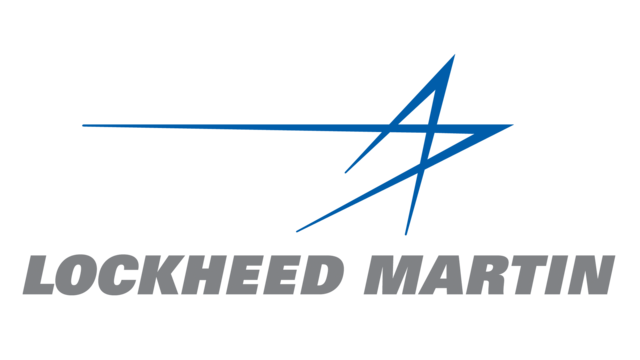Lockheed Aircraft
Lockheed A-28 Hudson
 |
|
| General information | |
|---|---|
| Type | Bomber, reconnaissance, transport, maritime patrol aircraft |
| Manufacturer | Lockheed |
| Designer | Clarence "Kelly" Johnson |
| Primary users | Royal Air ForceRoyal Canadian Air Force Royal Australian Air Force United States Army Air Forces |
| Number built | 2,941 |
| History | |
| Manufactured | 1938–1943 |
| Introduction date | 1939 |
| First flight | 10 December 1938 |
| Developed from | Lockheed Model 14 Super Electra |
|
|
|---|
.
History Lockheed Company
Lockheed A-28 Hudson
Manufactured 1938–1943
First flight 10 December 1938

The Lockheed Hudson is a light bomber and coastal reconnaissance aircraft built by the American Lockheed Aircraft Corporation. It was initially put into service by the Royal Air Force shortly before the outbreak of the Second World War and primarily operated by it thereafter. The Hudson was a military conversion of the Model 14 Super Electra airliner, and was the first significant aircraft construction contract for Lockheed — the initial RAF order for 200 Hudsons far surpassed any previous order the company had received
The Hudson served throughout the war, mainly with Coastal Command but also in transport and training roles, as well as delivering agents into occupied France. It was also used extensively with the Royal Canadian Air Force's anti-submarine squadrons and by the Royal Australian Air Force.
Operational history

In late 1937 Lockheed sent a cutaway drawing of the Model 14 to various publications, showing the new aircraft as a civilian aircraft and converted to a light bomber. This attracted the interest of various air forces and in 1938, the British Purchasing Commission sought an American maritime patrol aircraft for the United Kingdom to support the Avro Anson.
The Commission ordered 200 aircraft for use by the Royal Air Force and the first aircraft started flight trials from Burbank, California on 10 December 1938. The flight trials showed no major issues, and deliveries to the RAF began on 15 February 1939 Production was sped up after the British indicated they would order another 50 aircraft if the original 200 could be delivered before the end of 1939. Lockheed sub-contracted some parts assembly to Rohr Aircraft Corp of San Diego and increased its workforce, allowing the company to produce the 250th aircraft seven and a half weeks before the deadline.0
KmCeiling
0
KmRange
0
km/hAircraft Speed
0
Max Crew
Photo Gallery
Lockheed Company
Lockheed A-28 Hudson


Lockheed Company
Lockheed A-28 Hudson
Nickname "Hudson Bomber"
General characteristics
-
- Crew: Five
- Length: 44 ft 4 in (13.51 m)
- Wingspan: 65 ft 6 in (19.96 m)
- Height: 11 ft 10 in (3.61 m)
- Wing area: 551 sq ft (51.2 m2)
Powerplant
-
- Wing area: 551 sq ft (51.2 m2)
- Empty weight: 11,630 lb (5,275 kg)
- Gross weight: 17,500 lb (7,938 kg)
- Powerplant: 2 × Wright GR-1820-G102A Cyclone 9-cylinder radial engines, 1,100 hp (820 kW) each
Specifications
-
- Maximum speed: 246 mph (396 km/h, 214 kn) at 6,500 ft (2,000 m)
- Cruise speed: (350 km/h,)
- Range: (3,150 km, 1,700 nmi)
- Service ceiling: 25,000 ft (7,600 m)
- Rate of climb: 2,180 ft/min (11.1 m/s)
Performance
- Guns:
- 2 × .303 in (7.7 mm) Browning machine guns in dorsal turret
- 2× .303 Browning machine guns in nose
- Bombs: 1,400 lb (640 kg) of bombs or depth charges
-
Links to Youtube & Others
Its opponents found that the Hudson had exceptional manoeuvrability for a twin-engine aircraft; it was notable for the tight turns achievable if either engine was briefly feathered.
Lockheed Company Lockheed A-28 Hudson
After the war, numbers of Hudsons were sold by the military for civil operation as airliners and survey aircraft
Youtube Link
A16-112 – Hudson IV airworthy at the Temora Aviation Museum in Temora, New South Wales. As of March 2023 this aircraft is the only flying Hudson.











.png)


.png)